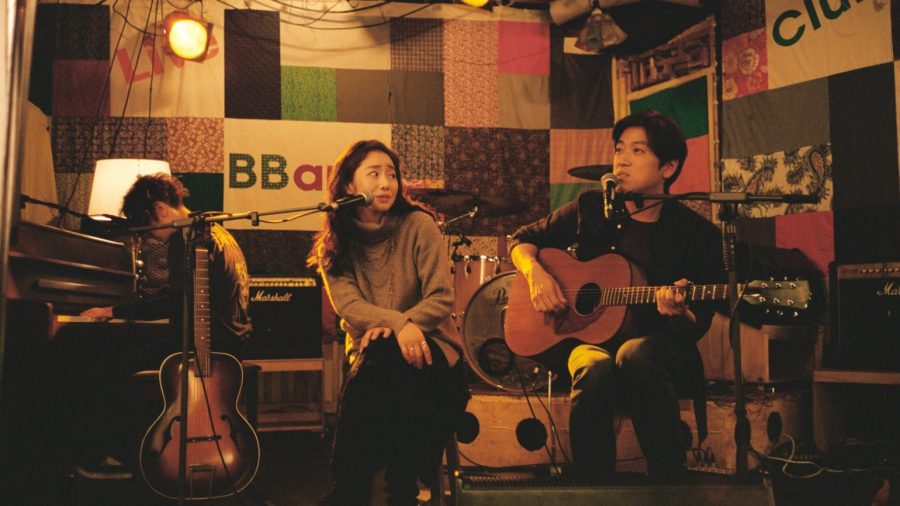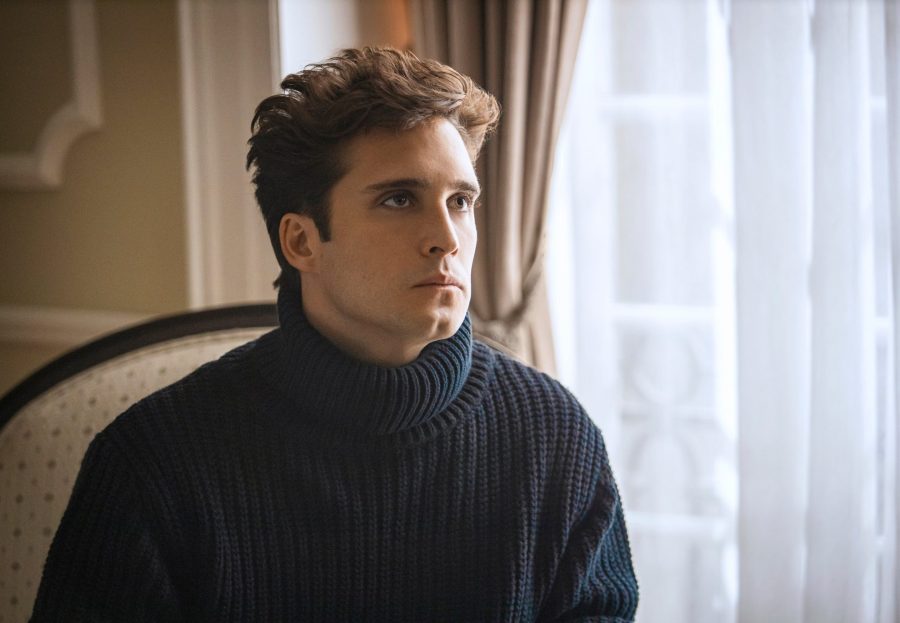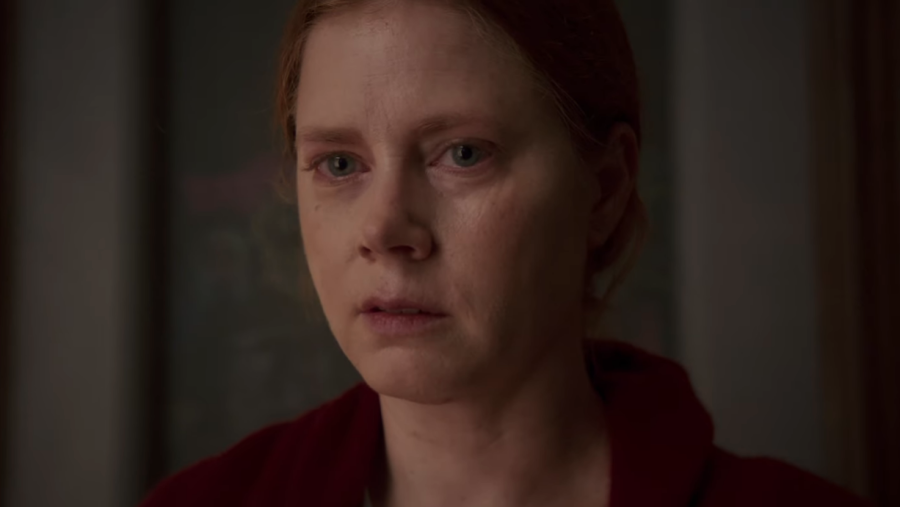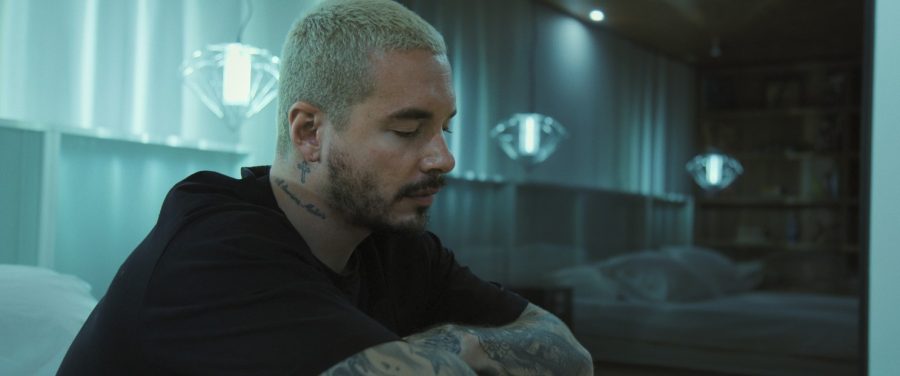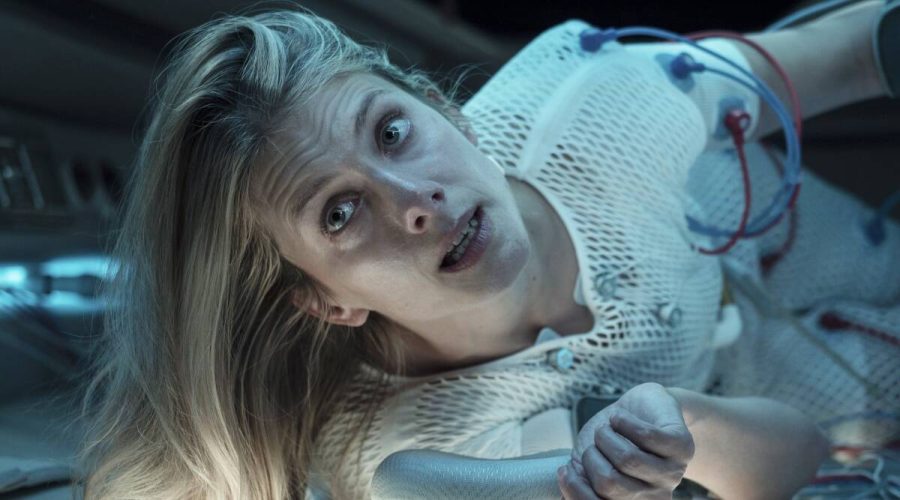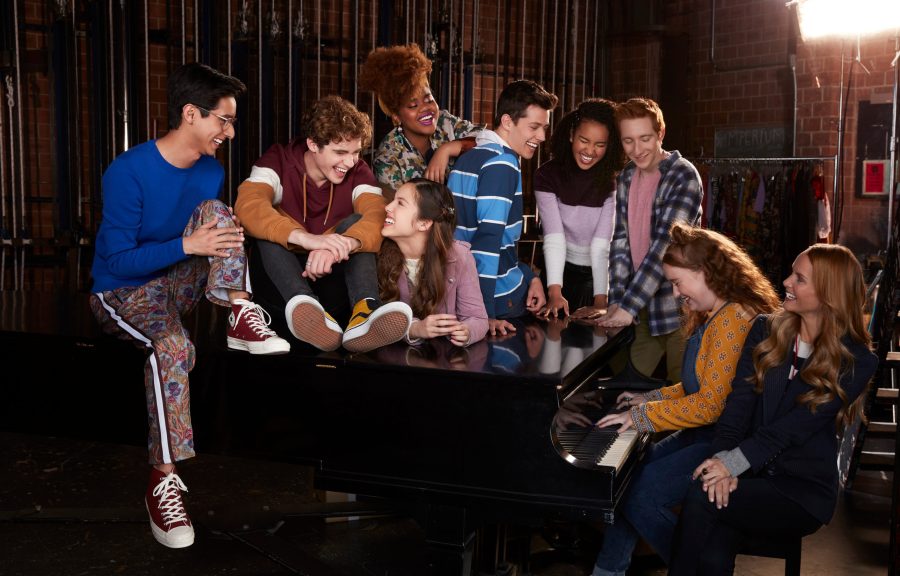The San Diego Asian Film Festival returned this November 8-17 for its 19th year. One of the largest Asian Film Festivals in the United States, this year included a vast array of movies from both independent and renowned filmmakers. Here are the Guardian Arts and Entertainment staff’s reviews of some of the films highlighted in this year’s festival. For more information on these films or the festival in general, visit sdaff.org.
Film: “Sunset in My Hometown”
Author: Jahfreen Alam, A&E Editorial Assistant
“Sunset in My Hometown” stars disgruntled Kim Hak-Soo (Park Jung-Min); he’s an underdog, to say the least. He has auditioned season after season on “Show Me The Money,” a competition show for up-and-coming rappers, and inevitably loses by the third round each time. Worst of all, he’s edited out of the program entirely. Nevertheless, Kim tries again for the sixth season, but in doing so, something unexpected happens. His estranged father lands himself in the hospital after a stroke, which means that Kim is momentarily forced to put his rap dreams on hold. Kim begrudgingly returns to his hometown of Byeonsan, South Korea to help nurse his father back to health. He hasn’t been back in Byeonsan since he dropped out of high school, and yet he is met with more problems as his past collides with the present. However, as Kim and the audience come to realize, it’s by confronting the place he once left that Kim is able to move forward in both his life and his blossoming rap career.
When Kim remembers his past through every encounter with a former classmate, so does the audience through well-timed flashbacks. “Sunset in My Hometown” does a fantastic job of seamlessly flitting from scene to scene, mixing together past and present to tell a comical, yet ultimately heartwarming tale. Together, Kim and the audience relive embarrassing high school confessions of love and almost every awkward conversation. While Kim isn’t particularly expressive, it’s through these glimpses of his high school days and scenes of his impassioned endeavors on “Show Me The Money” that reveal who Kim once was and who he is now. Everything the audience needs to know about what Kim is truly thinking is revealed by his deeply personal lyrics, expertly demonstrated by director Lee Joon-Ik remarkable ability to highlight this aspect of the film.
“Sunset on My Hometown” is about more than Kim’s potential rap career; it is about every character involved. The film managed to have the audience care for each and every person, no matter how minor their role, by interweaving memories into the present storyline. Most of all, the cast’s genuine, emotional performances rendered the film impactful. Particularly, Park Jung-Min’s powerful acting allowed the character of Kim to develop from a standoffish protagonist to one that the audience could connect with and admire. Through every twist and turn, the audience can’t help but root for Kim from start to finish.
Film: “Dead Pigs”
Author: Ashley Chen, Senior Staff Writer
Cathy Yan makes her directorial debut with her whimsical yet earnest film “Dead Pigs,” narrating the interconnected tales of five individuals during a sudden swine epidemic in Shanghai. With his life’s work down the drain, Old Wang (Haoyu Yang), a pig farmer, falls into heavy debt and ends up tossing his pig carcasses down a river. His predicament catalyzes the film as we are introduced to the other characters — a sharp-tongued salon owner, a diligent architect, a mousy busboy, and a discontented rich girl — who struggle with their own plights in the midst of this outbreak.
“Dead Pigs” is not only centered on pig-infested waters, but also on the timely, rapid modernization in China. The film is embedded with themes of class hierarchy and industrialization, and we see the characters adapt and come to terms with these uncontrollable changes and inequalities. It subliminally comments on the economic gap between citizens, since certain characters are penniless while others are affluent. There is also a battle between “traditional” and “modern,” as some characters fight against urban development yearning for a nostalgic past, while others advocate for modern advancements looking toward the opportune future.
Most of the film’s captivating cinematography highlights the solemn half of this story. Run-down, agrarian streets juxtapose the fluorescent night scenes at luxurious, urban restaurants. This reinforces the aforementioned duality of “old” versus “new.” One distinctive image is a demolished rural land with only a dilapidated, turquoise house, showing the destructive state of modernization, but offering a tint of greenish-blue that suggests heartwarming optimism.
Paralleling that glimpse of bright color, “Dead Pigs” is also peppered with niche humor to spotlight its sanguine mood. Supported by an eclectic ensemble cast, the movie is ripe with distinctive and memorable personalities that band together in trying times. It is ultimately a movie about reconciliation, chronicling how familial love and support can greatly outweigh unhappy realities.
Film: “How Long Will I Love U”
Author: Laura Hatanaka, Contributing Writer
“How Long Will I Love U,” a 2018 Chinese time-travel romantic comedy, tells the story of a man and woman who occupy the same apartment but live in timelines nearly 20 years apart. Gu Xiaojiao (Tong Liya) and Lu Ming (Lei Jiayin) are forced to live together after their apartments combine along with their respective timelines. Gu, from 2018, needs money to buy back her childhood mansion. Lu, from 1999, needs money in order to advance his career in architectural design. The two eventually become friends, and together they plot to cheat in a 1999 lottery by looking for the winning numbers in 2018. However, the two soon find that the rules of time travel between the two time periods are not as flexible as they may seem.
The film is a refreshingly funny and genuinely enjoyable representation of how all individuals’ lives are connected. It is touching in the sweet and playful chemistry between Gu and Lu, while the plot development remains creative and surprising. Despite some initial confusion regarding minor characters’ roles in the scheme of the film, the lovely cinematography and unique handling of the plot’s main concept more than makeup for it. By the end of the film, the story is made fully clear and is beautifully concluded. “How Long Will I Love U” leaves audiences both satisfied and thoughtful.
Film: “One Cut of the Dead”
Author: Ashley Chen, Senior Staff Writer
A brilliant and inventive horror-comedy, “One Cut of the Dead” is about a film crew — consisting of an unknown actor and actress, a cut-throat makeup artist, and a deranged director — scraping together a low-budget zombie flick. However, when a real zombie invasion hits, the director keeps the camera rolling, capturing the raw fear and footage for his cinematic piece while everyone else fends for their lives.
Several notable movies like “Zombieland” and “Shaun of the Dead” come to mind when “zombie-comedies” are mentioned. After its screening, “One Cut of the Dead” can deservedly be crowned a top-tier and innovative film in this popular “living dead” genre. The hidden details merit a rewatching. They initially seem purposeless but are actually meticulously crafted with impressively humorous intentions. “One Cut of the Dead” goes beyond expectations with its out-and-out hilarity, setting up long-running jokes that culminate to a satisfying punchline. It’s also best watched without knowing too much. There are particular oddities and unexpected twists that come full circle to make complete and hysterical sense at the end.
Being a “zomedy,” the film does have gore and decay, but it more so celebrates the tenacious and bustling process of filmmaking. The characters go through quite a rough and bloody patch, but they still soldier on when things look hopeless on the production set. “One Cut of the Dead” truly adds a new spark and inspiration to the old, platitudinous show-business saying: The show must go on.
Film: “The Third Wife”
Author: Natalie Tran, Senior Staff Writer
Draped in lush green forests and swathed in a soft brown color scheme, “The Third Wife” follows a 14-year-old girl’s arranged marriage and pregnancy in 19th century Vietnam. Both the film and its main character, May (Nguyen Phuong Tra My), are depicted in ways that are quiet, pretty, and modest. We watch May go about her everyday tasks — obeying the wishes of her elders and trying for a male child. She performs all of these with few words and virtually no complaints, seemingly the dutiful wife with the “ideal” life. However, no one notices that in her countless silent, shaky looks liess an unmistakable inner turmoil.
But a glimpse into the ongoings of others, such as the other wives of May’s husband, reveals that she is not alone in the confines of societal expectations. The unspoken torment of miscarriages, arranged marriages, affairs, and questioning sexuality pervade the private lives of the women and girls around her. Over the slow-moving course of the movie, unfortunate yet historically common events build upon each other until May reaches her breaking point.
While such practices in a patriarchal culture centered around family honor might seem pitiful and archaic to an American audience, director Ash Mayfair handles these controversial subjects in the most intimate and sensual ways. Her deliberate restraint on the pacing, acting, and even cinematography makes for a film that could have otherwise been an overdramatic and alienating story. But Mayfair’s subtle approach creates a directorial debut that is staunchly ripe and relevant today. While “The Third Wife” may appear unassuming at first, May ultimately tells a story that’s worth listening to.
Film: “Fiction and Other Realities”
Author: Laura Hatanaka, Contributing Writer
“Fiction and Other Realities”, a 2018 drama, tells the story of, Bobby Choy (Bobby Choy), a young man currently working at a call company with dreams of becoming a musician. Unsatisfied with his life there, and feeling like an outsider as a Korean-American in a predominately white society, he decides to travel to Seoul, South Korea with a friend’s band. There, Bobby feels at home and accepted, especially after befriending fellow musician Ina (Hwa-Young Im). The two form a musical duo and gradually gain confidence in each of their musical skills. However, just as they are offered a chance to become more successful, Ina’s obligation to pursue graduate school begins to interfere.
This film is simultaneously heartwarming and realistic in its portrayal of how music can bring people together. The characters are believable and complex, with problems and conversations that are written, not for dramatic effect, but character development. Particularly poignant is a phone call between Bobby and his mother (Sandy Lee) as they reminisce about his late father. However, there are moments in the film’s styling that are perhaps inconsistent with the tempo and appearance of its overall cinematography and sound editing, which sometimes gives the effect of choppiness. Despite this, the film accomplishes its perceived goal of a soft-spoken reflection of both the Asian-American experience and the raw importance of the relationships in our lives.
Film: “Killing”
Author: Justin Nguyen, Staff Writer
Director Shinya Tsukamoto earned cult status through producing some of the most bizarre works of Japanese horror with such films as “Tetsuo: The Iron Man” and “Bullet Ballet.” However, his recent return to the screen with his latest film “Killing,” a woozy, genre-bending attempt at the samurai film, presents a weak turn for the famed director. Screened as a part of the San Diego Asian Film Festival’s Masters circuit, the film follows a young ronin, or masterless samurai, named Tsuzuki (Sosuke Itematsu) who struggles with his inability to kill when Sawamura (Tsukamoto), another ronin, recruits him to serve the new shogun.
Taking clear inspiration from legendary director Akira Kurosawa, “Killing” is a beautifully shot portrait of the Japanese countryside, employing Tsukamoto’s shaky, handheld camera shots of windblown treetops and the rural mountainscape. The film’s centerpiece action scenes, suitably accompanied by the late Chu Ishikawa’s final and fantastic score, are intensely fast-paced and wonderfully choreographed, even culminating in one of the coolest lines in recent action film memory.
While “Killing” sets itself up to be narratively epic, it instead proves to be quite lacking, choosing to focus on a confrontation with a band of bandits rather than Sawamura’s proposed quest. “Killing” attempts to reconcile its lack of narrative motivation through Tsuzuki’s struggles to prove himself as a samurai and commit to the act of taking another’s life. This would be forgivable if the film’s anti-violence themes were attempted upon characters who were given proper development as people for the viewer to be sympathetic to. Poor characterization aside, the film’s themes are ironically reliant on the rape of the female protagonist (Yu Aoi) in an excessively voyeuristic manner that frankly felt like torture porn. Despite its exquisite cinematic style, Tsukamoto’s intentions for his film to be a critique of modern Japan instead result in an uninspired, misogynistic mess, overwrought with moralistic sentimentality.
Image from “Fiction and Other Realities,” courtesy of caamfest.com


